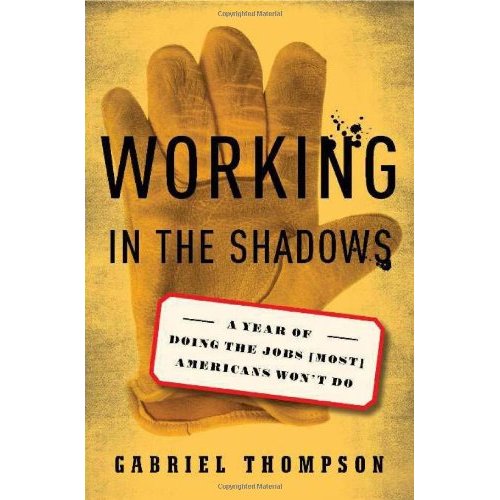

#Gorogoa right wrong time how to#
I wasn’t sure I knew how to extend the demo I released into a full-length game. I guess there was a point where I released the demo out into the world early on, and I got a lot of positive feedback, but I also got another round of feedback about issues with the game design and the puzzle design, and there was a moment when I felt like I was doing it all wrong. Roberts: The financial situation was distressing. GamesBeat: Looking back, what was the most painful part for you? It might have just as much craft put into it, but if you have very little to spend on marketing– Something that’s good or even excellent, but in a less surprising way. Something that’s remarkable generates more word of mouth than something that’s good. That’s another argument for making something weird. GamesBeat: It seemed like it was more viral than a lot of other games that you see out there.

I let them manage that process for the most part, since I don’t have a good instinct for PR or marketing myself.

Annapurna has their own marketing strategy, their own PR company that they work with. They wanted to put more money into marketing and PR than I ever would have been able to. But I didn’t have a marketing budget, for example. Roberts: I funded the majority of development myself. They had a relationship with Microsoft, but it wasn’t if there was just a big bag of money that showed up. GamesBeat: I thought it was interesting when Microsoft worked with the Cuphead folks, that they were still on the hook to mortgage their homes and things like that.


 0 kommentar(er)
0 kommentar(er)
